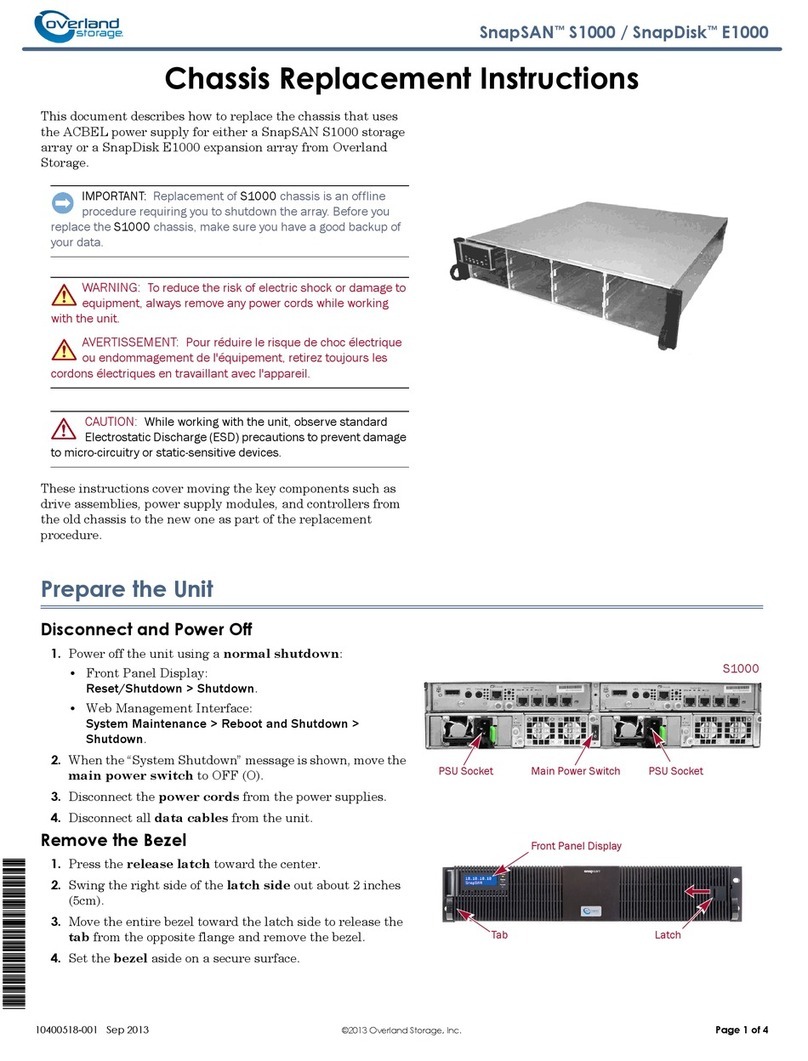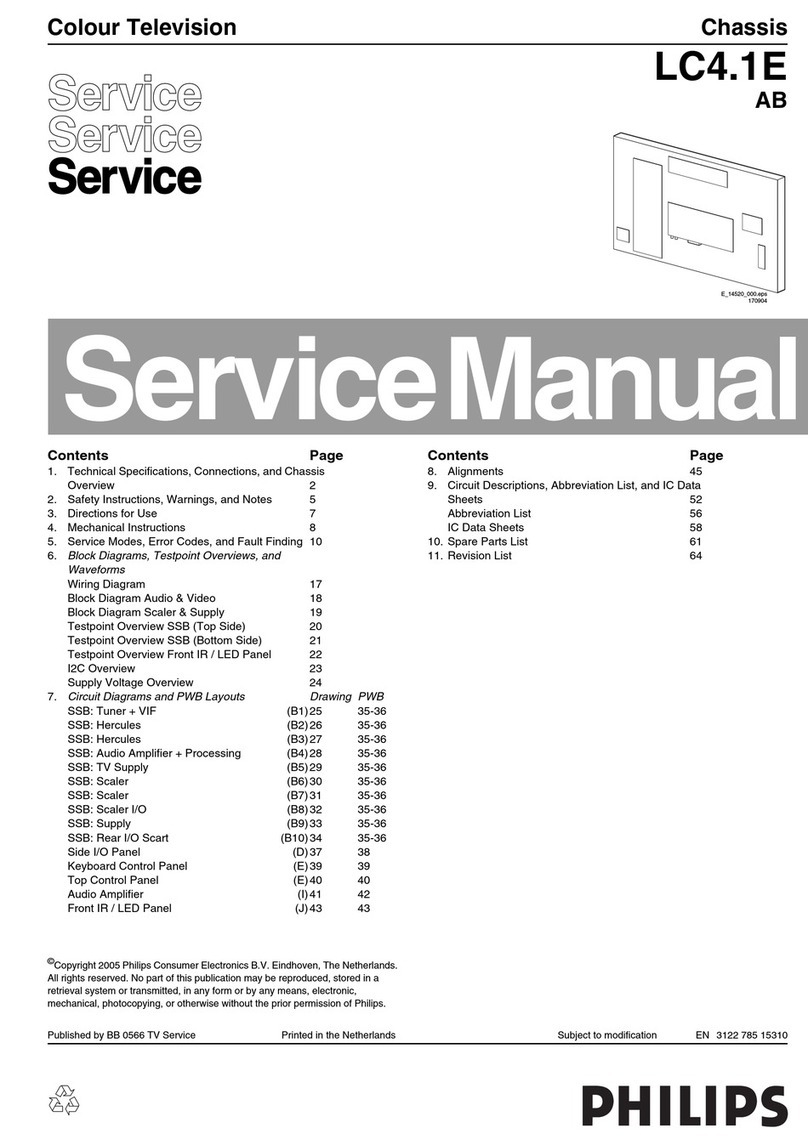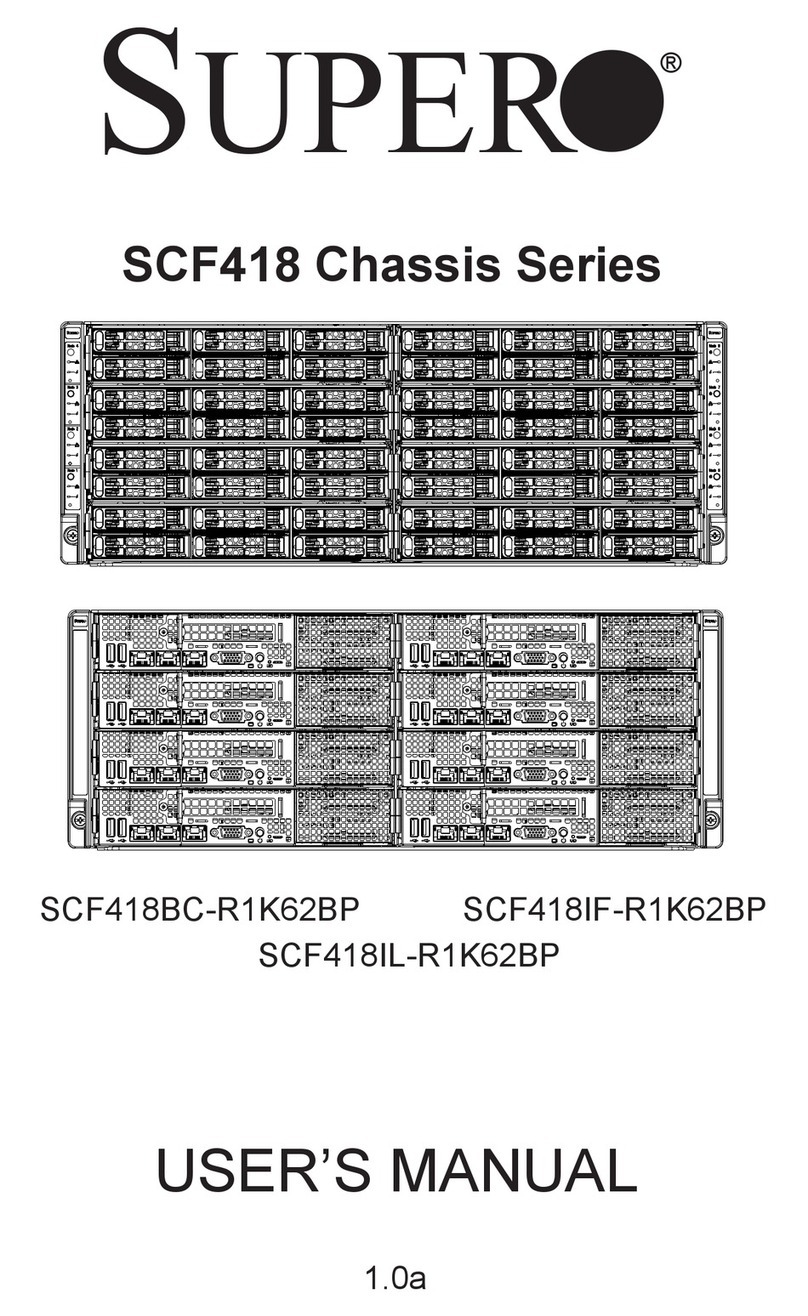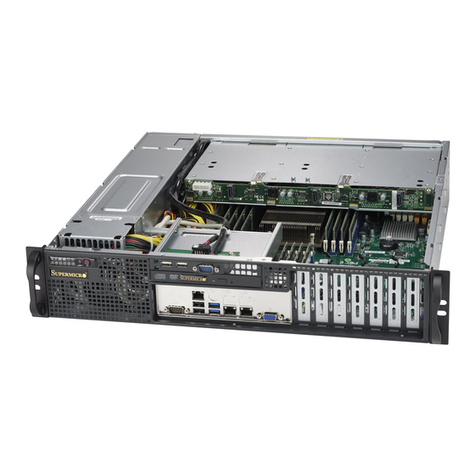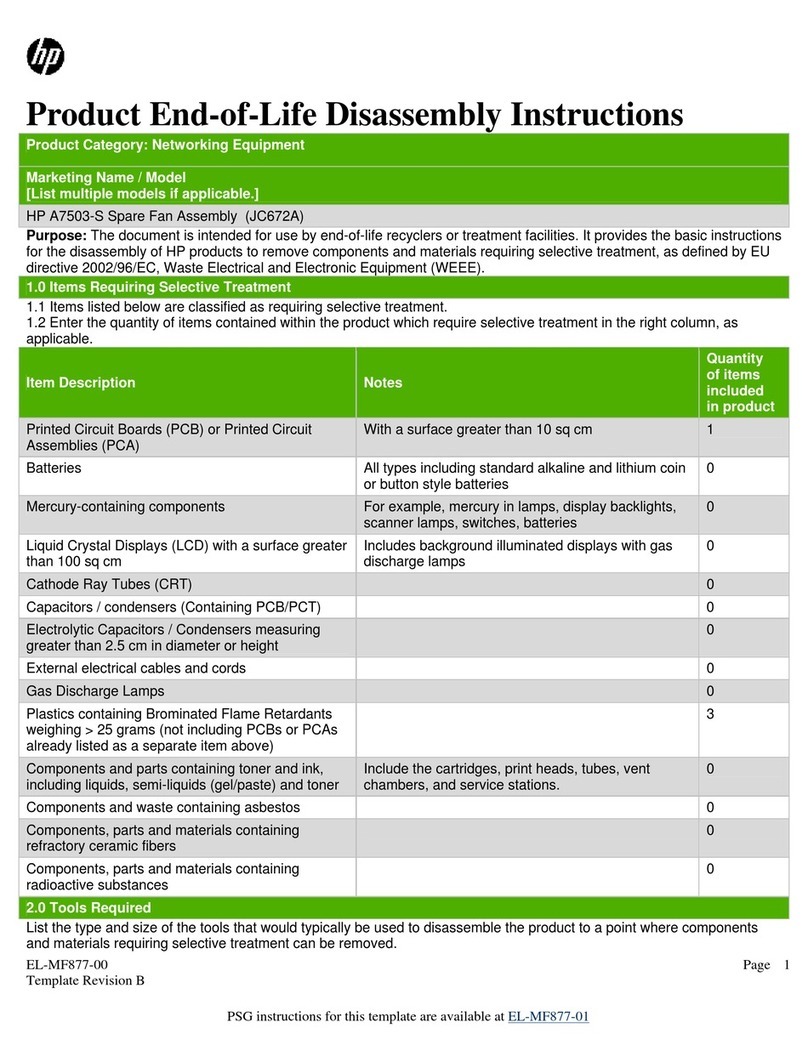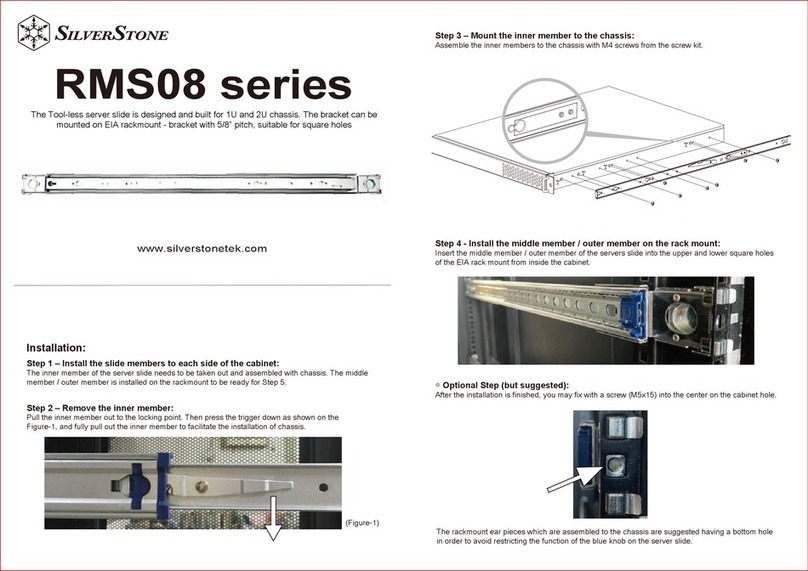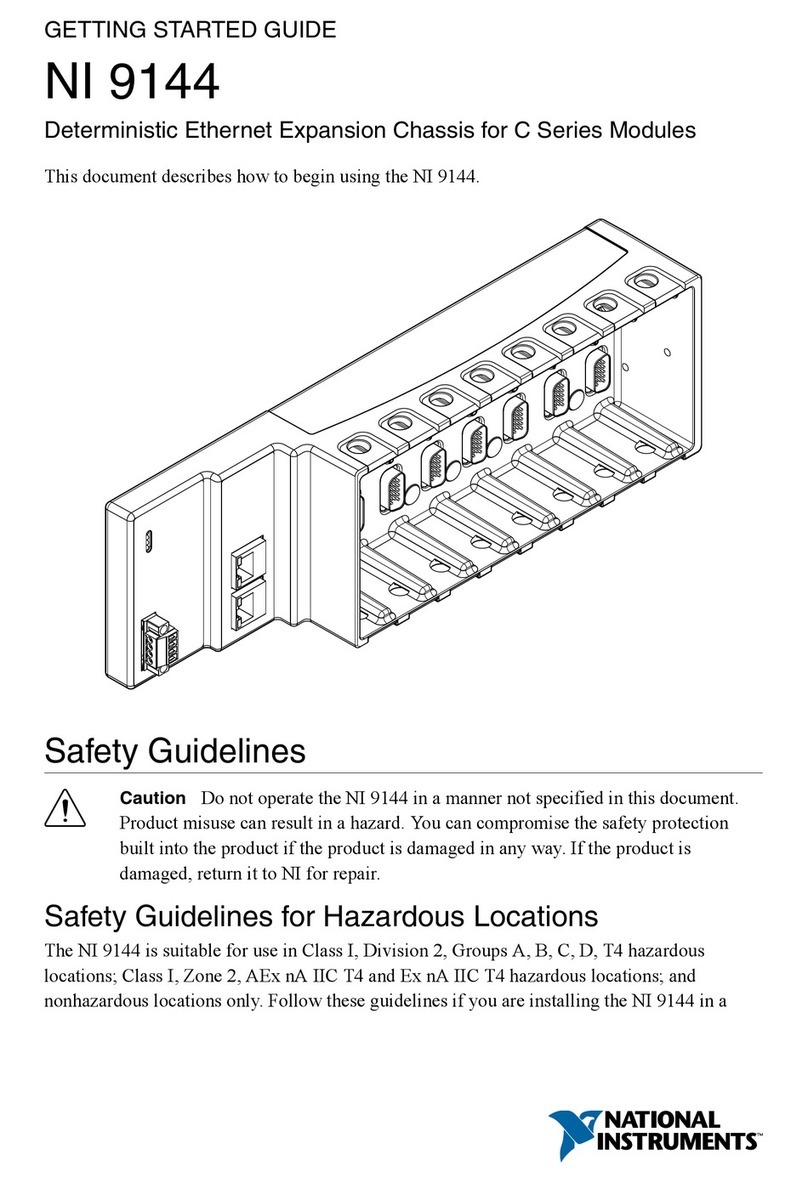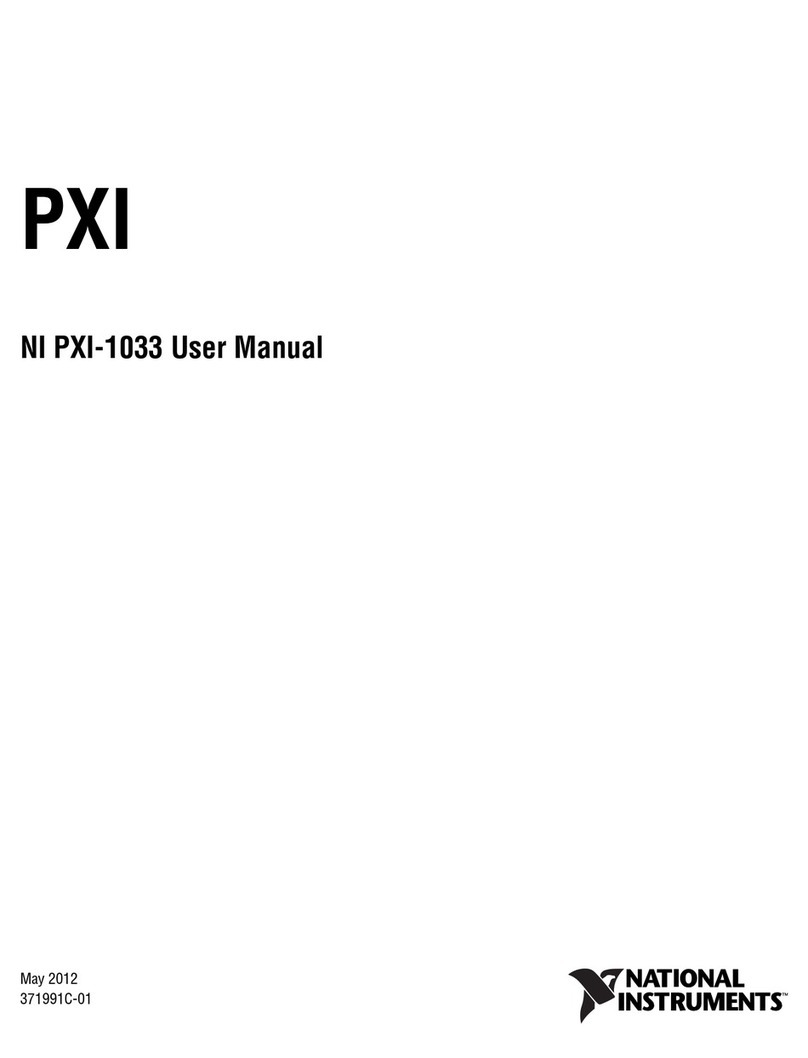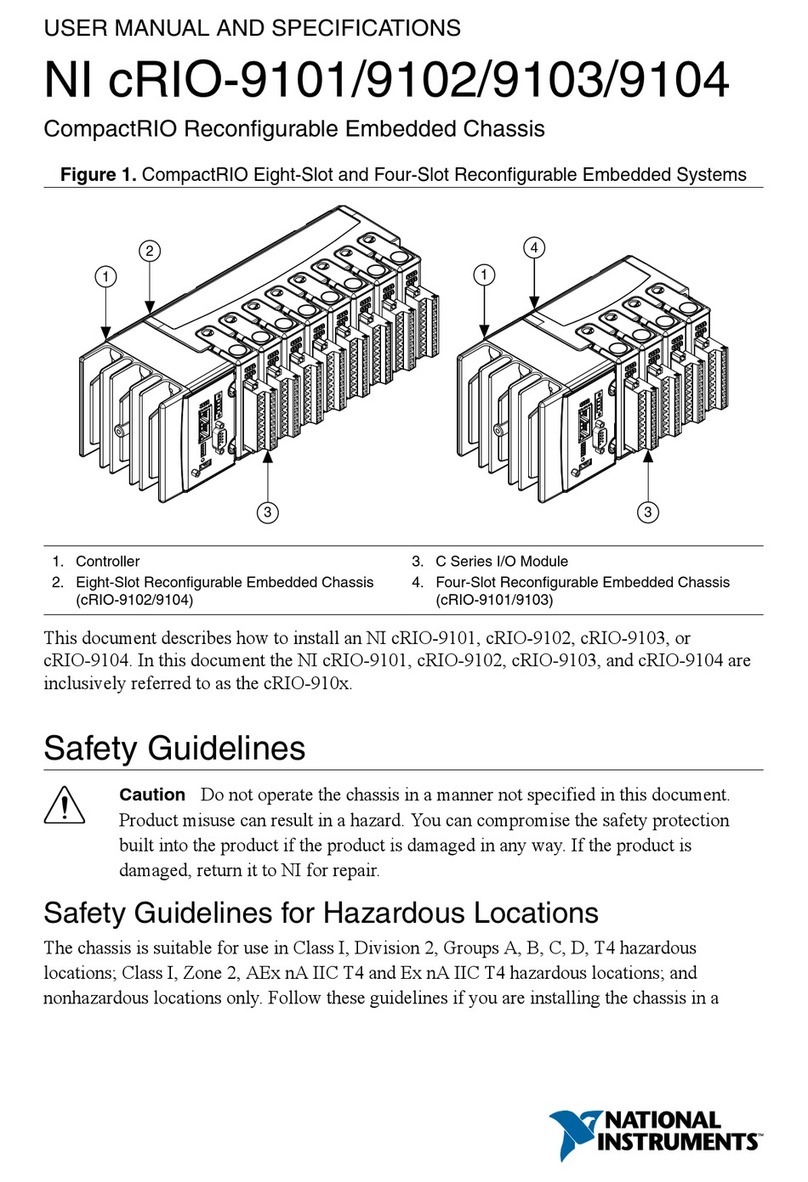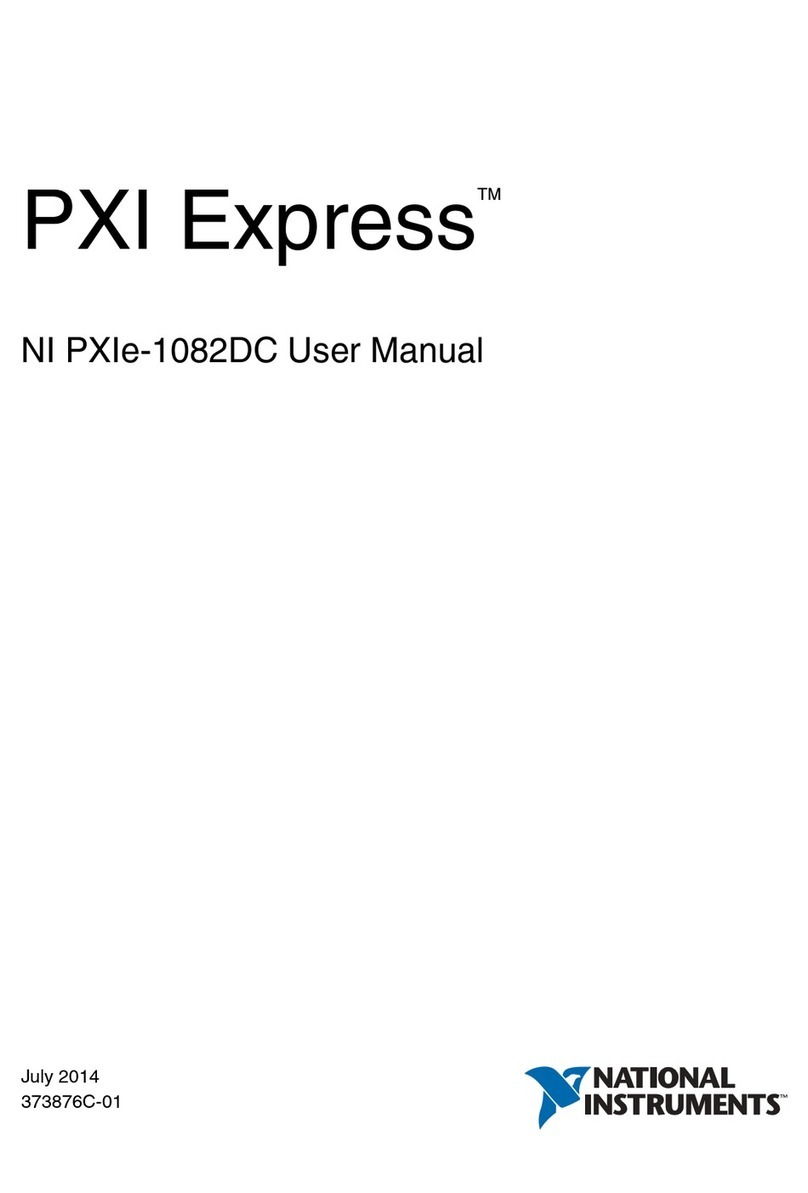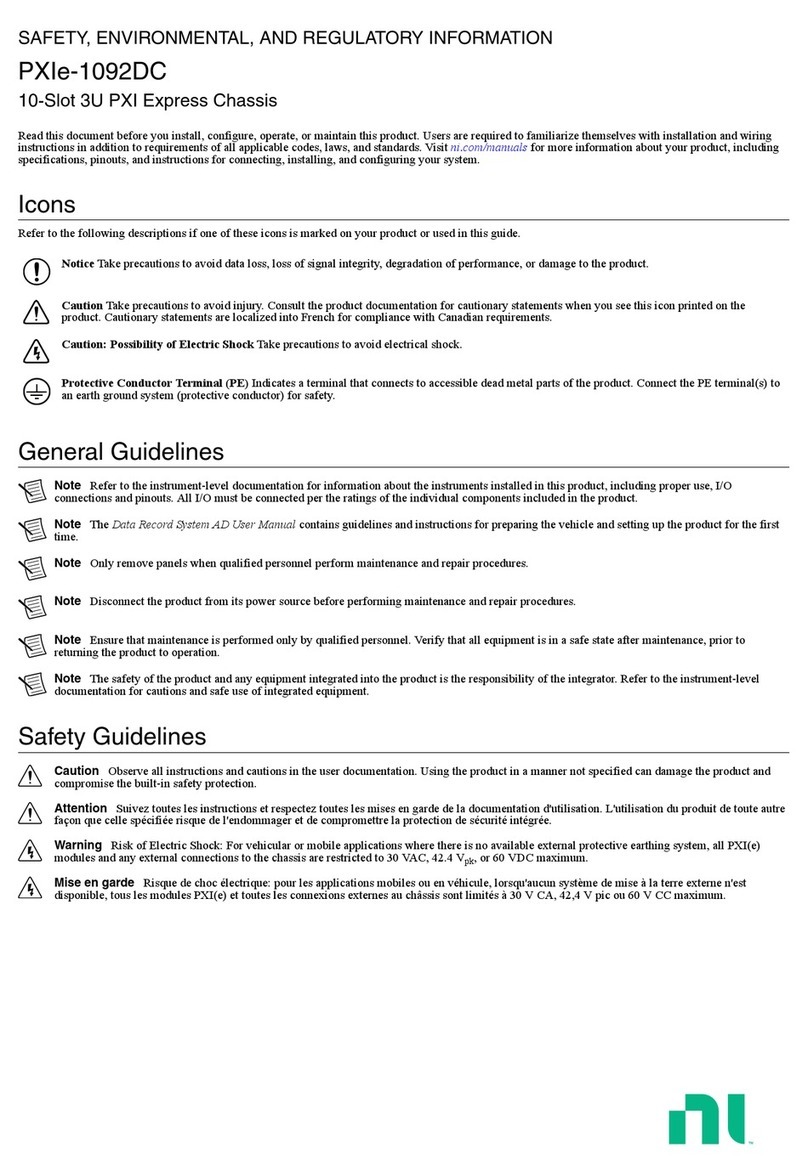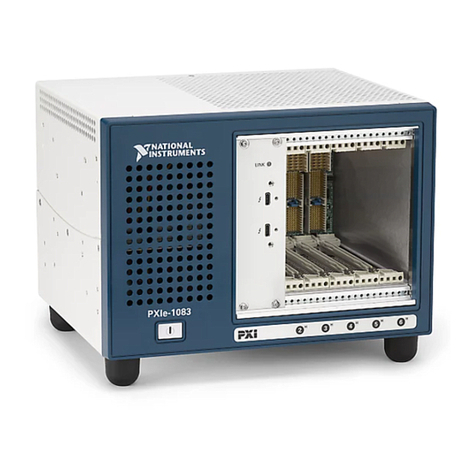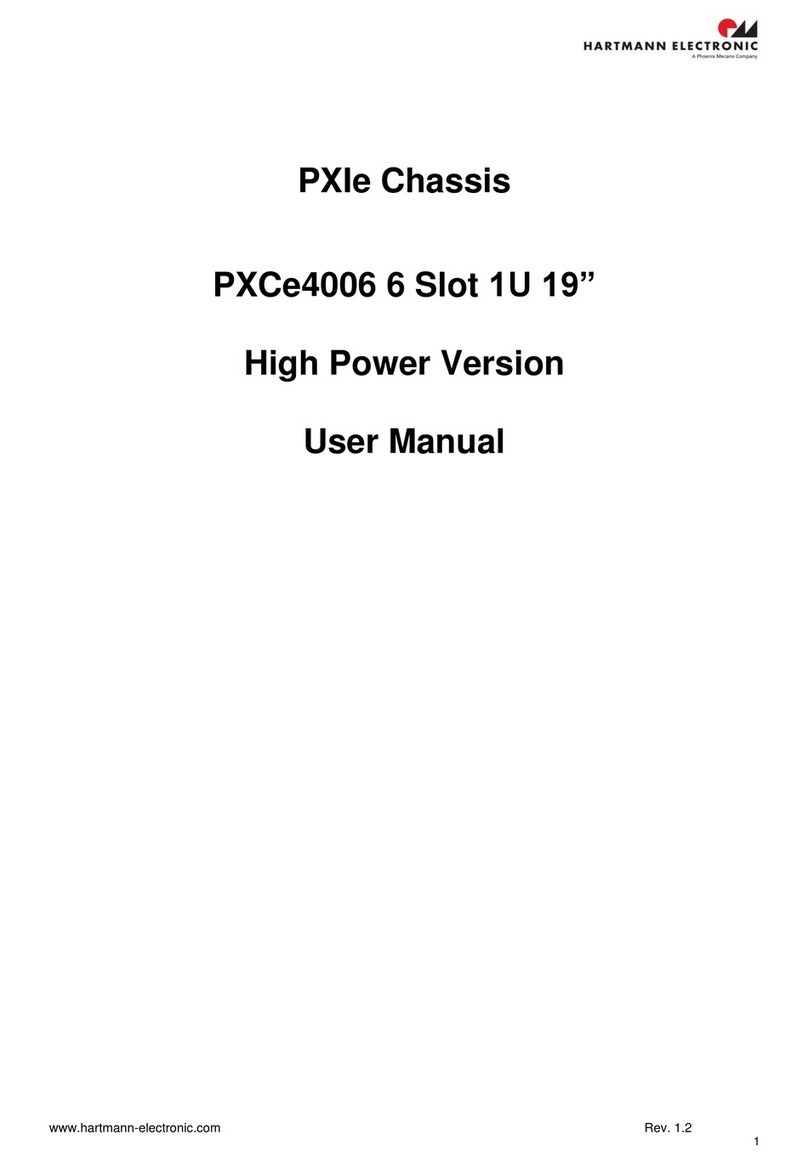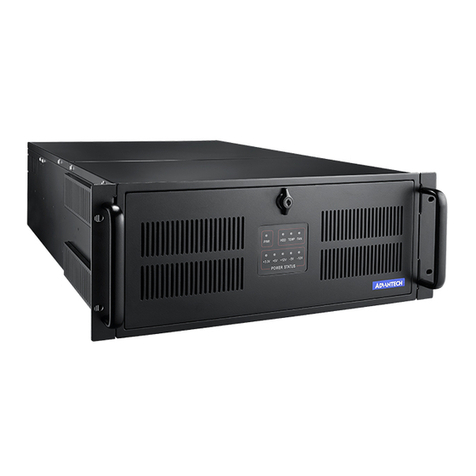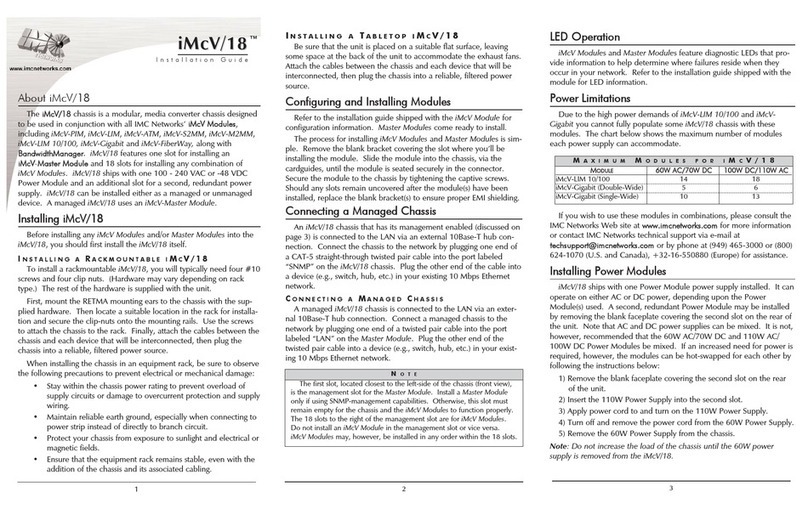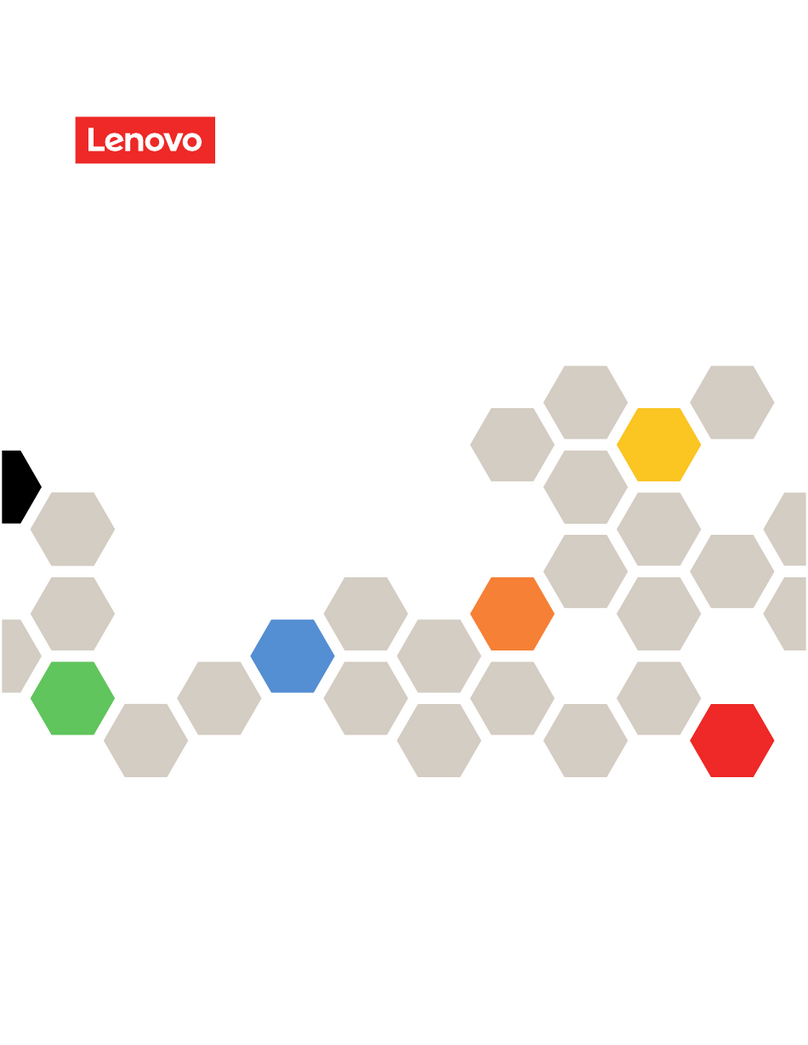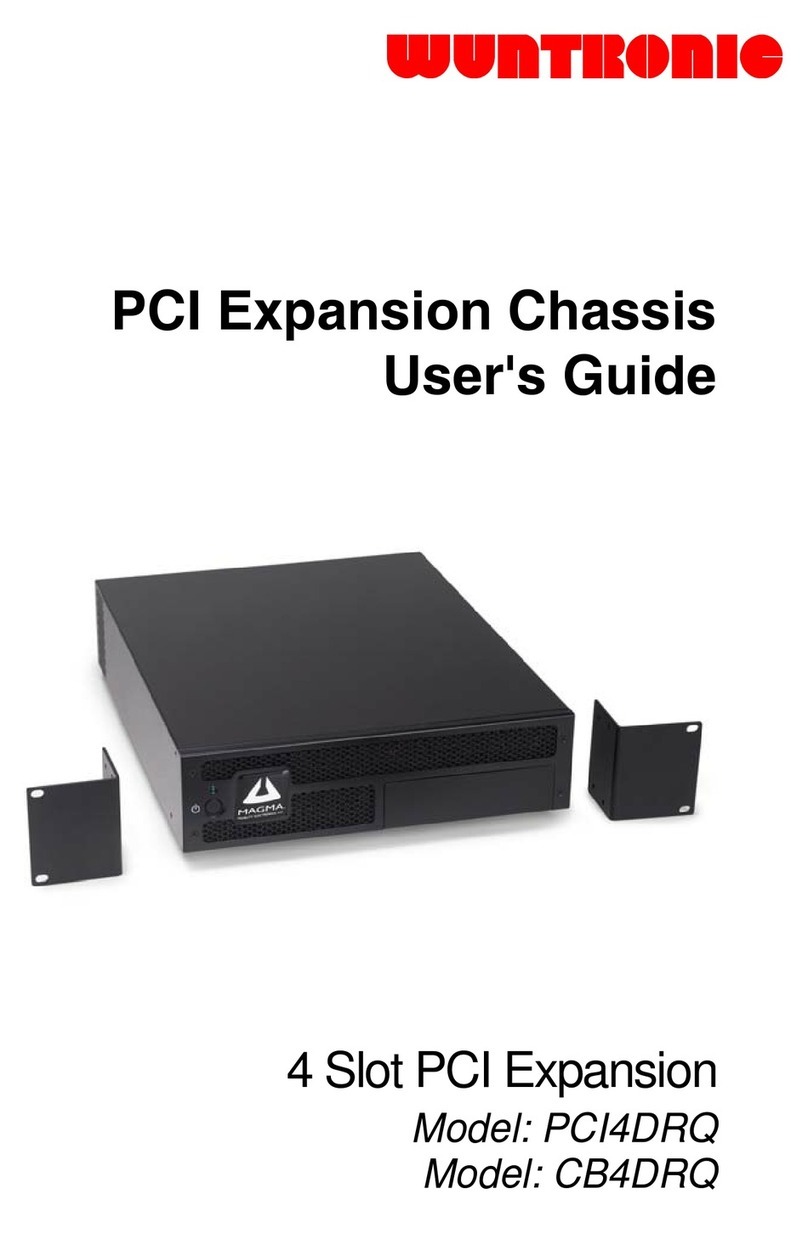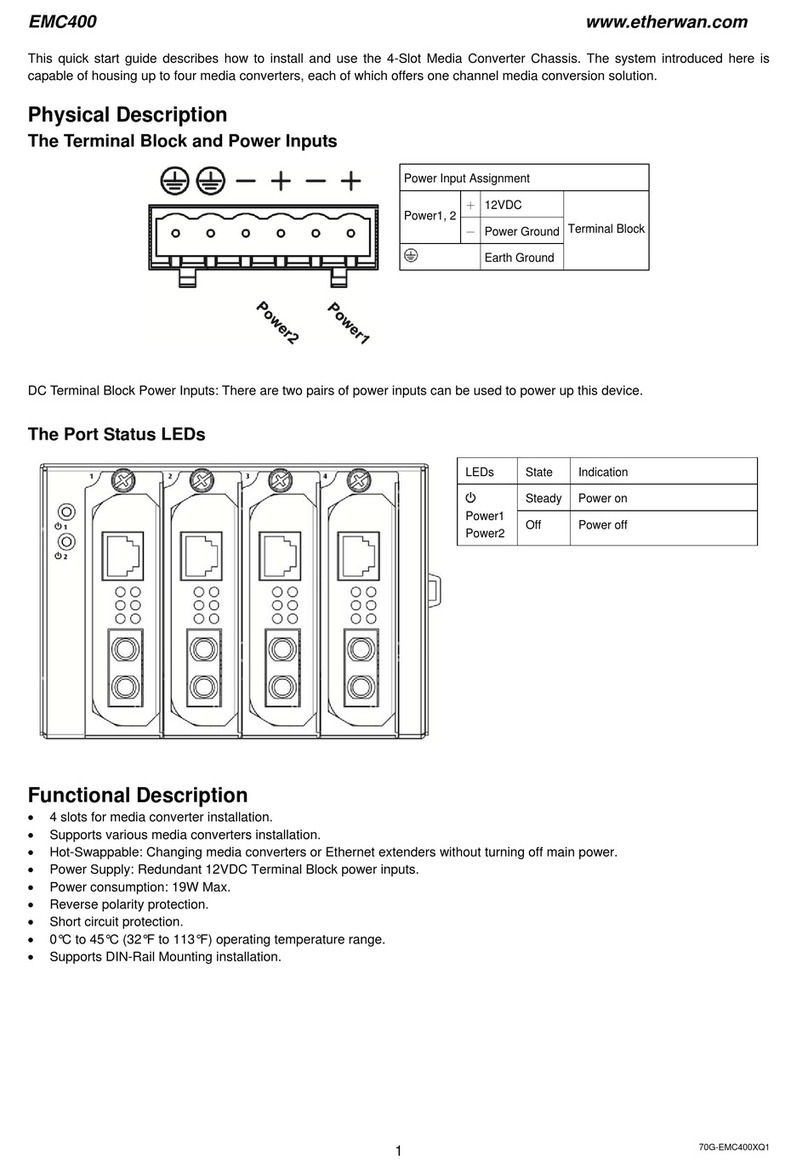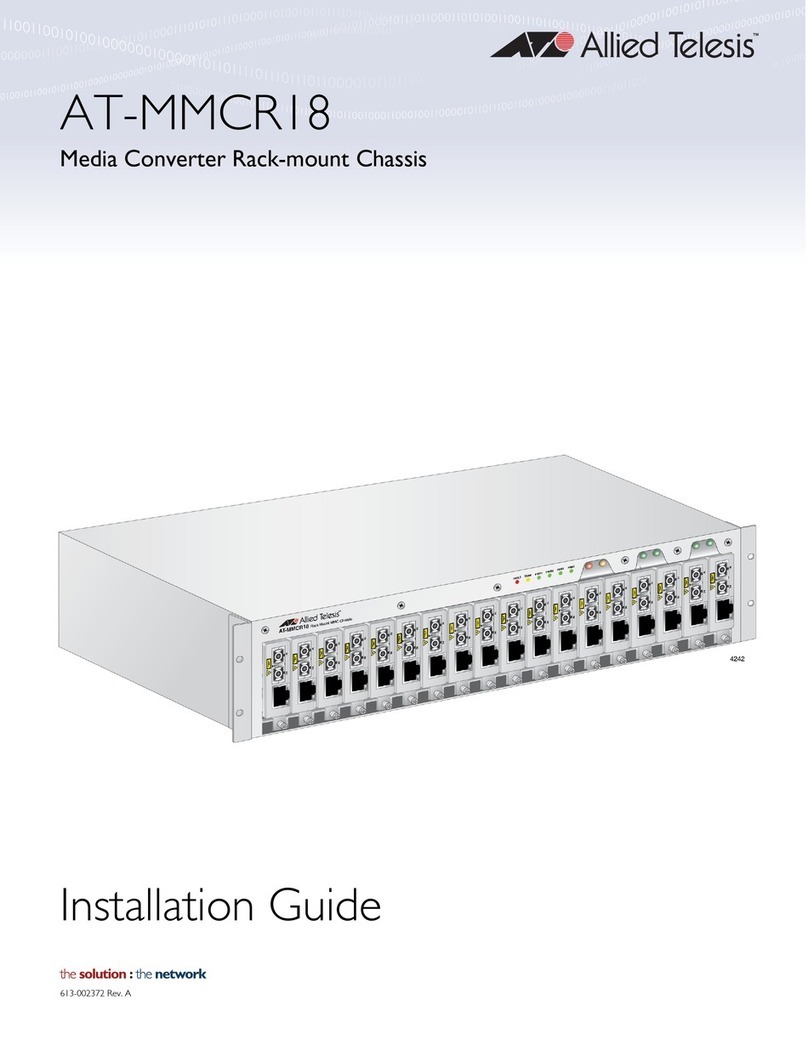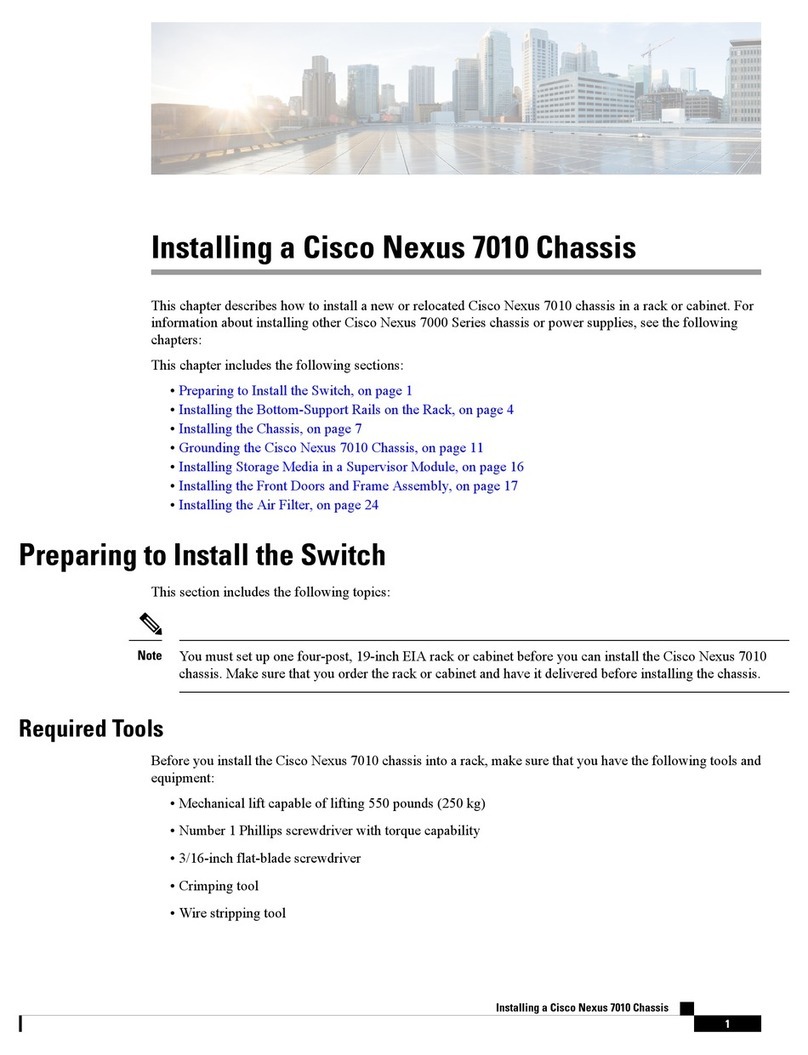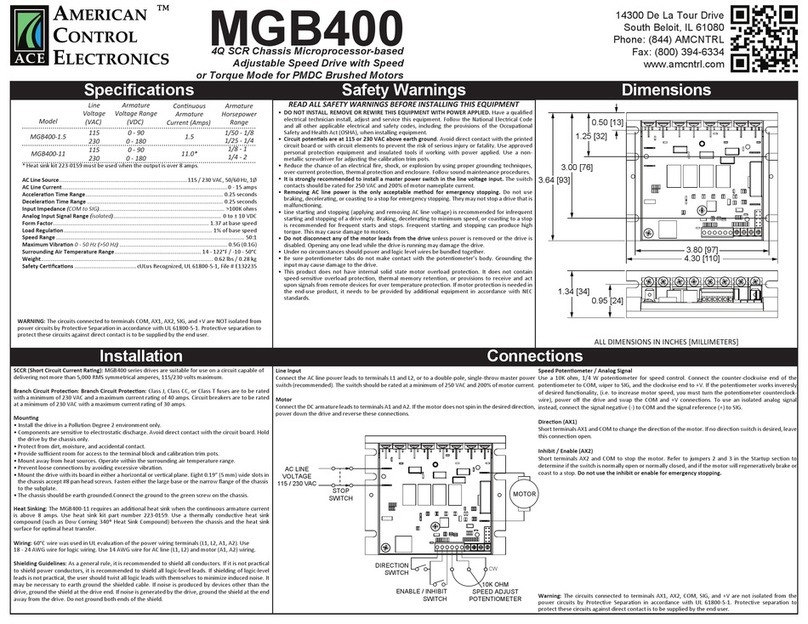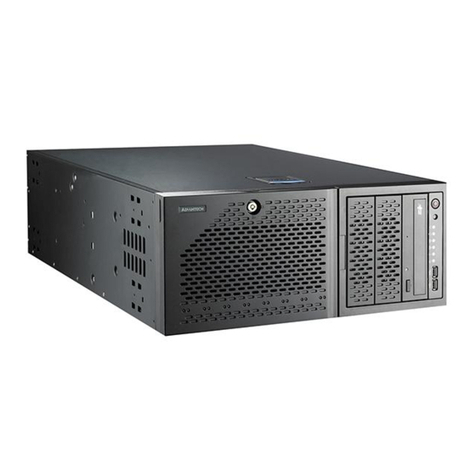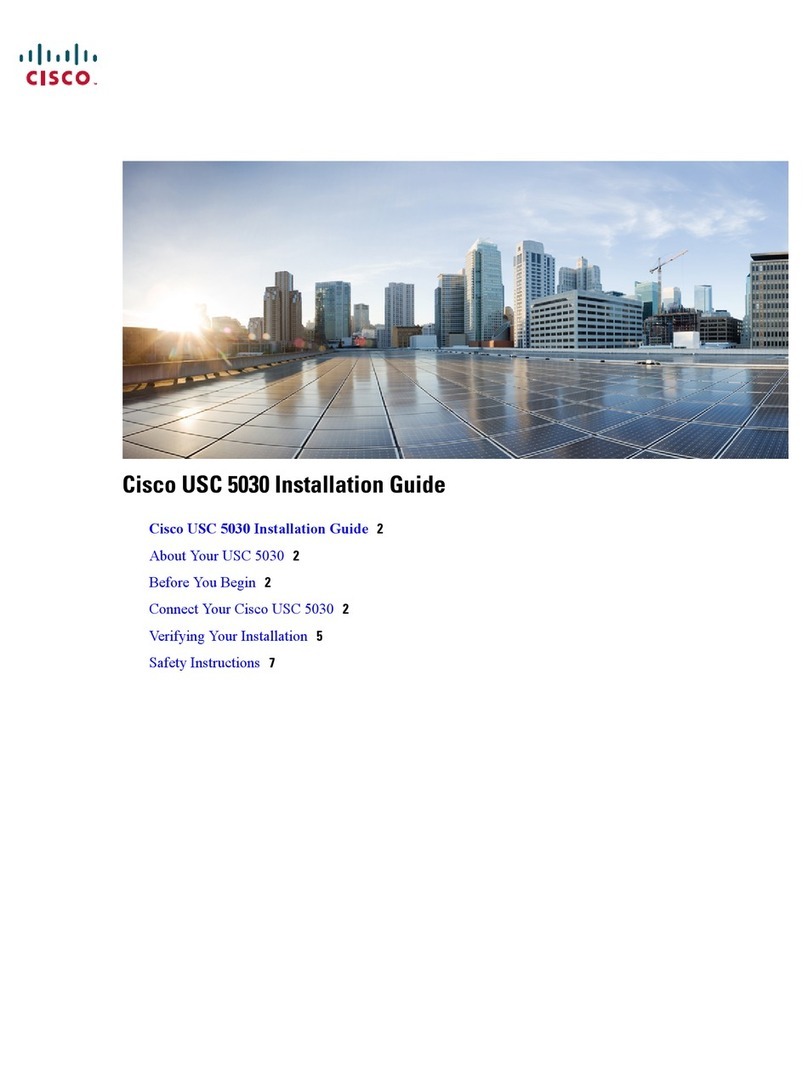
commercial areas. To minimize interference with radio and television reception and
prevent unacceptable performance degradation, install and use this product in strict
accordance with the instructions in the product documentation.
Furthermore, any changes or modifications to the product not expressly approved
by National Instruments could void your authority to operate it under your local
regulatory rules.
Special Conditions for Marine Applications
Some products are approved for marine (shipboard) applications. To verify marine
approval certification for a product, visit ni.com/product-certifications, search by
model number, and click the appropriate link.
Notice In order to meet the EMC requirements for marine applications,
install the product in a shielded enclosure with shielded and/or filtered
power and input/output ports. In addition, take precautions when
designing, selecting, and installing measurement probes and cables to
ensure that the desired EMC performance is attained.
What You Need to Install the NI 9157/9159
■ NI 9157/9159 reconfigurable embedded chassis with integrated MXI-Express
(x1)
■One of the following MXI-Express (x1) host systems:
■PXI system with MXI-Express device installed
■PC with MXI-Express PCI or PCIe device installed
■NI Industrial Controller
Note
The NI 9157/9159 requires a host system with a PCI Express clock
that complies with the PCI Express Specification. The NI 9157/9159
may not be compatible with systems using noncompliant clocks,
particularly clocks with peak frequencies higher than 100 MHz. For
ni.com
6
NI-9157/9159 User Manual and Specifications
